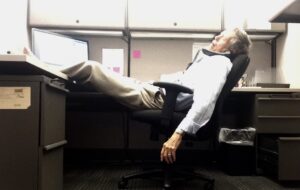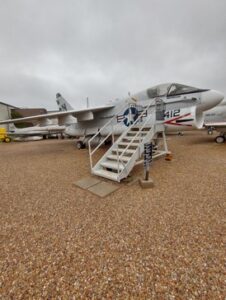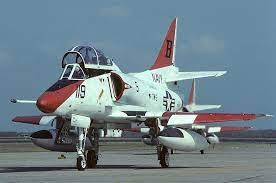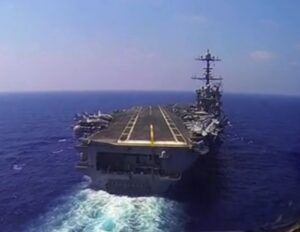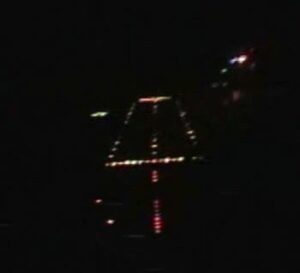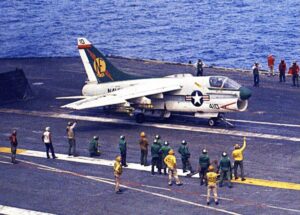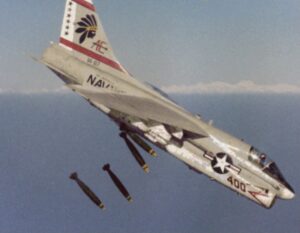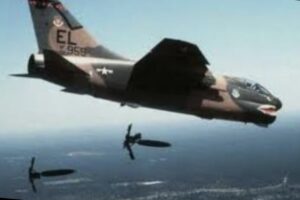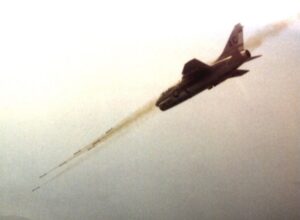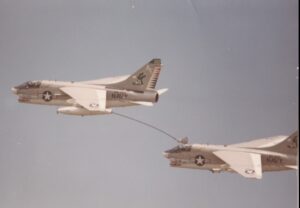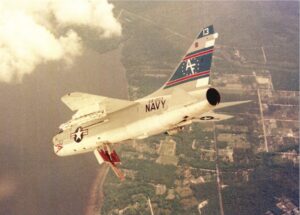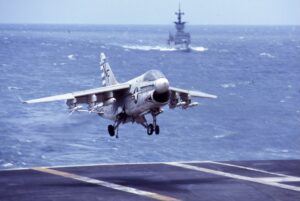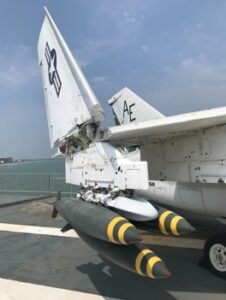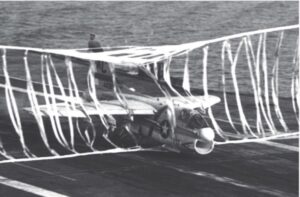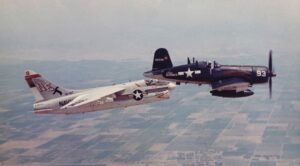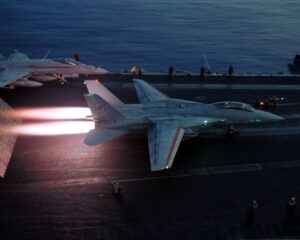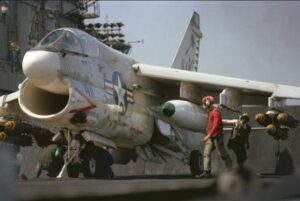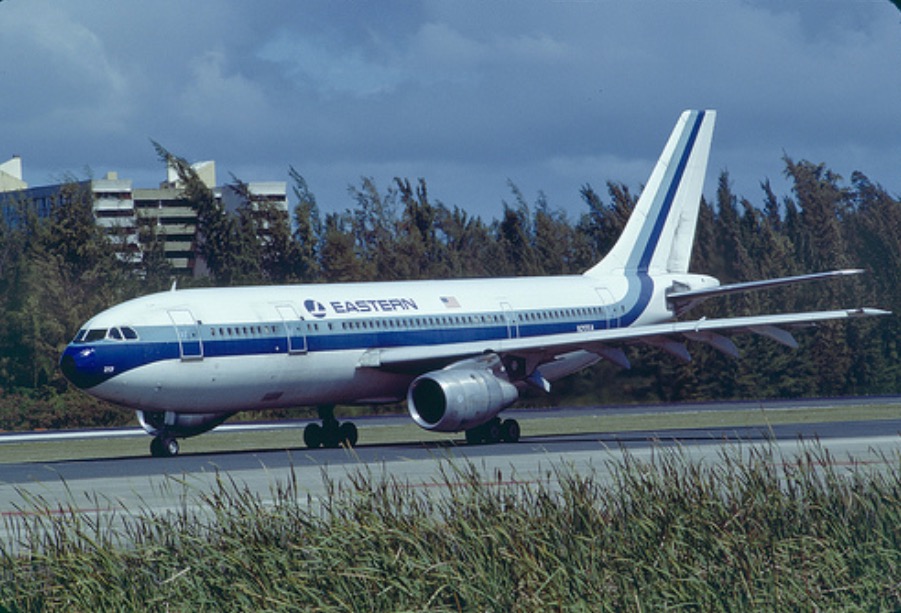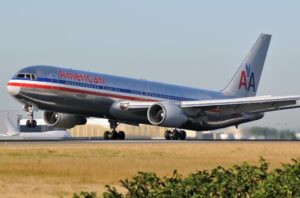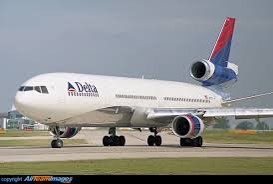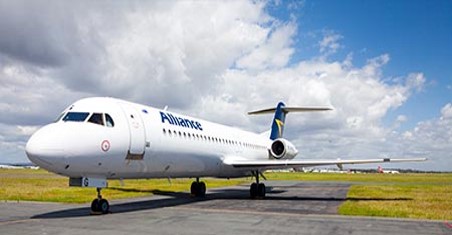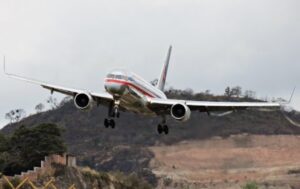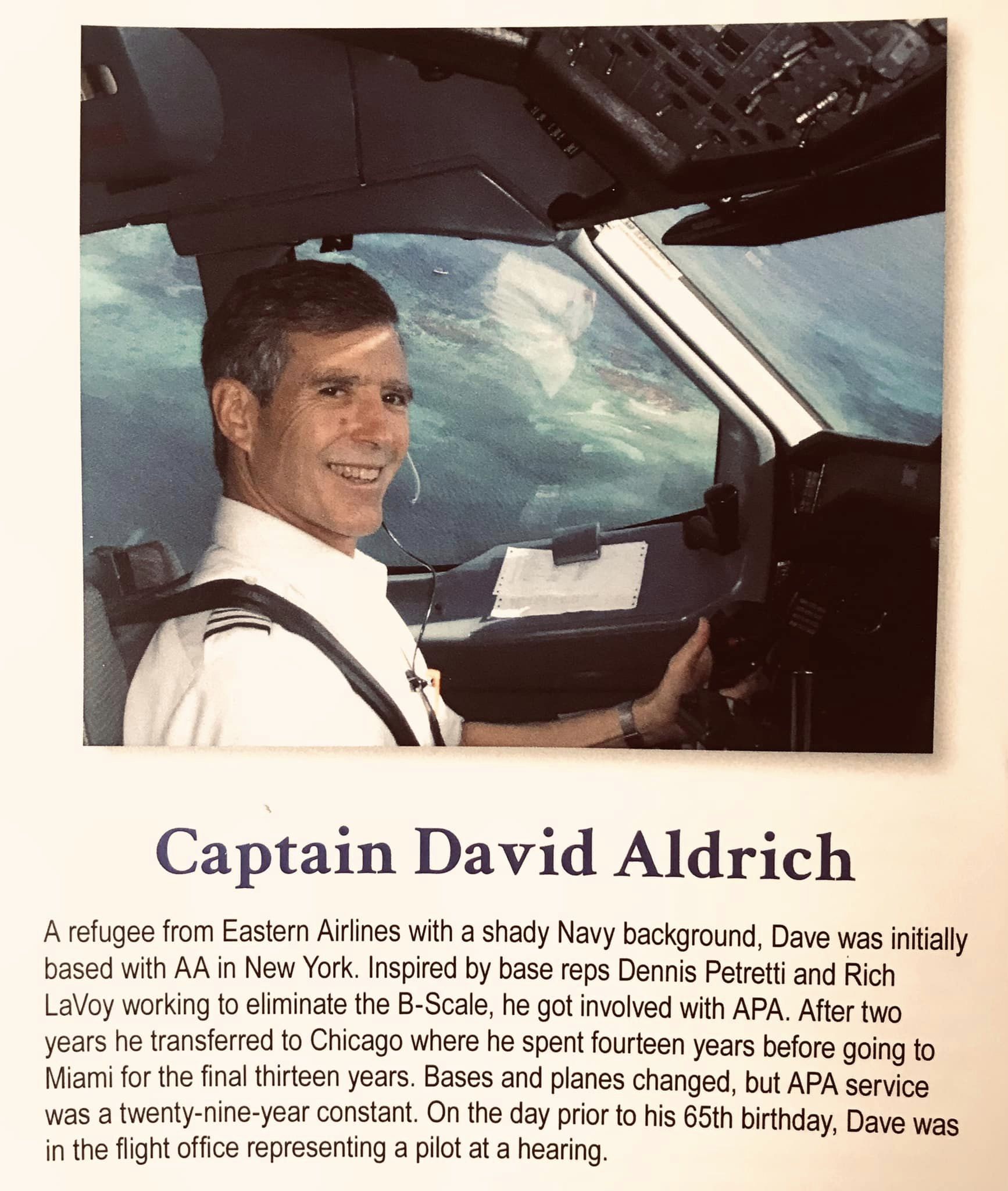Member's Bio
Sea Stories
Naval Aviation Training Pipeline and Carrier Landings (Traps)
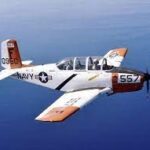
Pilots selected for jet training started flying the straight wing T-2C for about 100 hours to pick up the speed, learn instrument flying, more acrobatics, formation flying, and air-to-air gunnery.
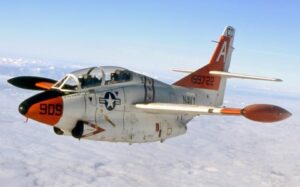
The grand finale was getting 2 day touch-and-go landings on a deck, then putting the hook down to get 4 traps and cat shots (2 touch and go/4 traps).
The morning of our qualification I recall while waiting for the weather to improve, some of the other students talked about not being able to sleep the night before. Two former Army helicopter pilots in the class talked about being as nervous as when they went into combat in Viet Nam. I’d slept well and wasn’t feeling nervous at all.
After finishing my post-start checks in the airplane, it finally hit me that landing on an aircraft carrier was really a big deal. I learned what the expression “cotton mouth” was about. The Plane Captain kept wanting me to get moving but I kept shaking my head no, until I saw another plane taxi out. Since it’s better to die than look bad, off I went. After the mission was complete, I knew where I’d been and what I’d done, but had no memory of it.
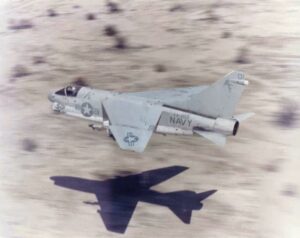
MAYDAY MAYDAY MAYDAY
A7 in Action
Gray Hairs
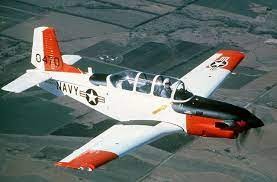
Airline Career

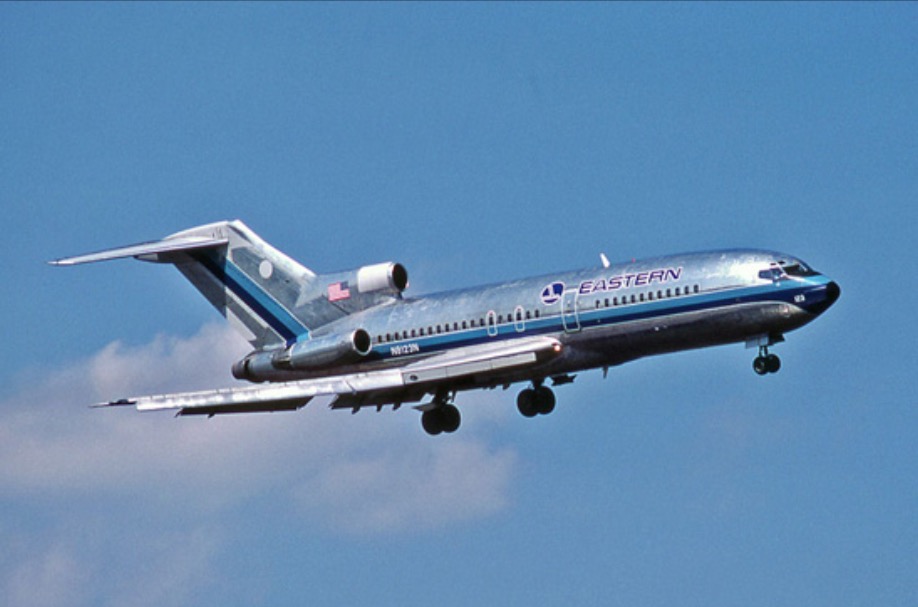
APA is the Allied Pilots Association, the pilot union at American Airlines.
(Note to all professional pilots: never cross a picket line.)
Most fun I was ever allowed to have in an airliner was landing at Tegucigalpa, Honduras.
FAA '17 - '22
Aviation Safety Inspector, Air Carrier Operations. Conducted flight observations on Frontier, Spirit, and Global X to qualify new Captains and Check Pilots.
Routine Cabin and Cockpit Enroute Inspections on other airlines when traveling for work assignments.
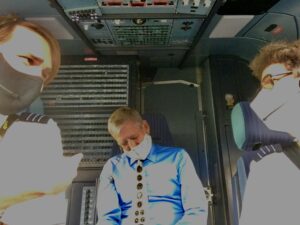
Plenty of desk duties reviewing Safety reports, investigating accidents, pilot deviations, incidents and passenger complaints, and processing license applications.
